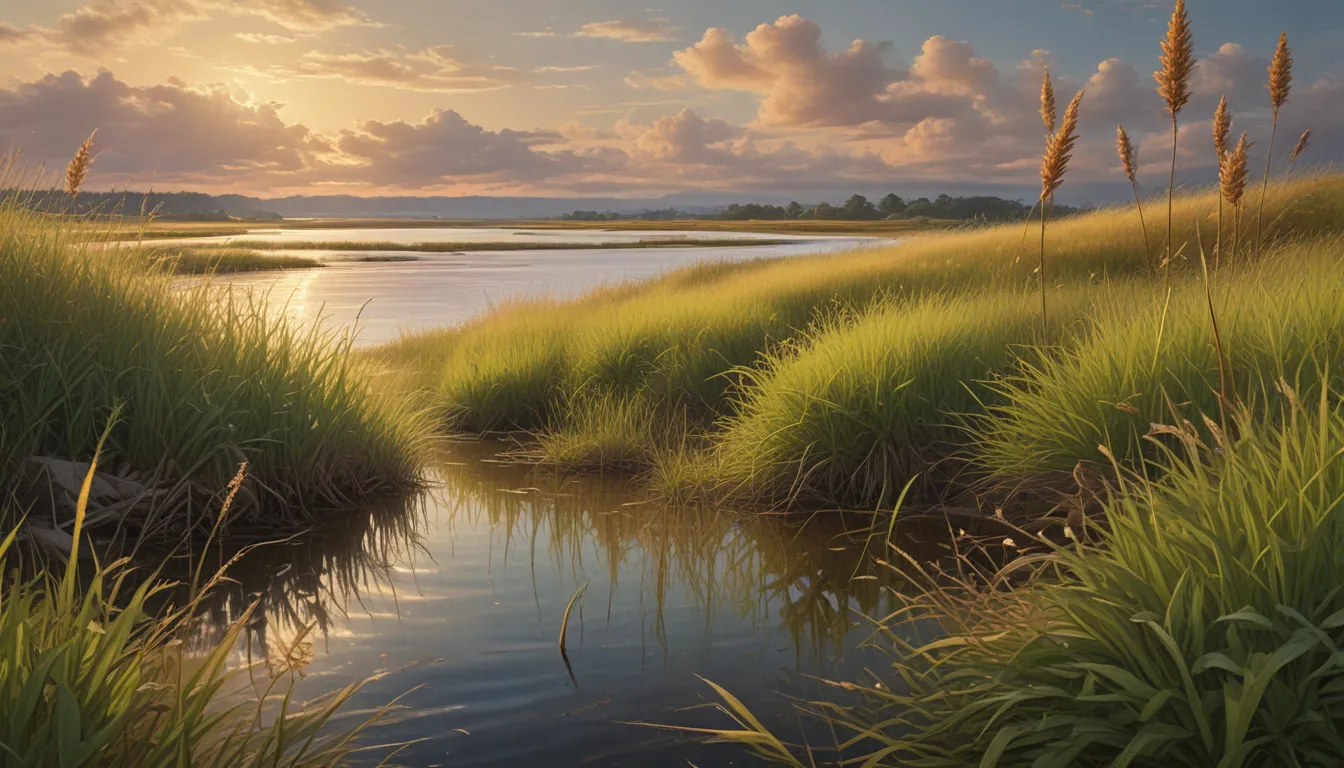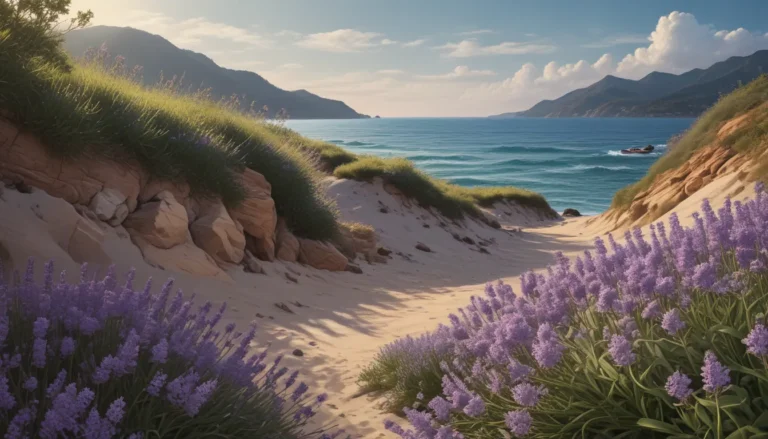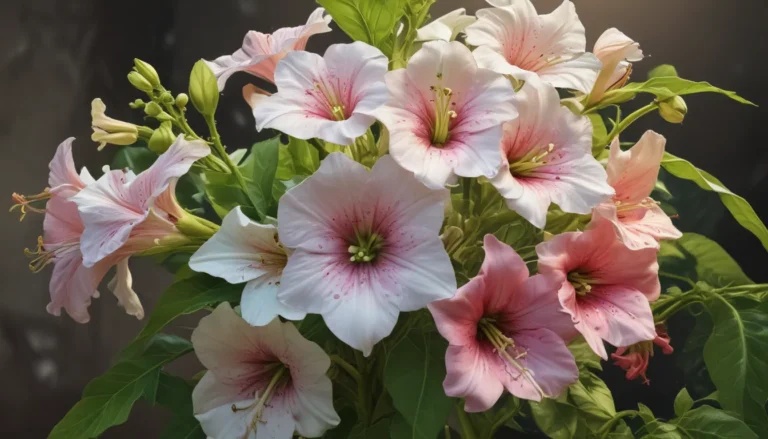The pictures we use in our articles might not show exactly what the words say. We choose these pictures to make you interested in reading more. The pictures work together with the words but don’t take their place. The words still tell you the important facts.
Welcome to the enchanting world of Spartina grass, a resilient and versatile plant that holds a crucial role in coastal ecosystems. From its unique characteristics to its ecological importance, Spartina grass fascinates researchers, environmentalists, and nature enthusiasts alike. Join us on a journey to uncover 18 captivating facts about this remarkable plant species, shedding light on its vital role in maintaining the delicate balance of coastal habitats.
Understanding Spartina Grass
Spartina grass, also known as cordgrass, is a vital coastal plant that provides habitat for wildlife, protects shorelines, and supports biodiversity, making it crucial for preserving coastal ecosystems. This resilient and important plant species helps trap sediments, filter pollutants, and contribute to wetland restoration, showcasing its vital role in maintaining the health of estuarine environments.
The Dominance of Spartina Grass
Spartina grass is a dominant plant species in coastal marshes, where its extensive root system helps stabilize the soil and protect against erosion. This hardy grass species thrives in salty environments, with a remarkable tolerance for high salinity levels that allow it to flourish in brackish and saltwater marshes.
Habitat for Wildlife
The dense stands of Spartina grass provide essential habitat for various wildlife species, including birds, fish, and invertebrates. Spartina grass plays a crucial role in coastal protection by reducing the impact of waves and storm surges, safeguarding shorelines from erosion. Spartina alterniflora, also known as smooth cordgrass, is one of the most widespread species of Spartina grass found along the Atlantic and Gulf coasts of the United States.
Contributions to the Environment
Spartina grass facilitates the accumulation of sediment, contributing to the gradual buildup of marsh areas. As a carbon sink, Spartina grass absorbs carbon dioxide during photosynthesis, playing a role in carbon sequestration and mitigating climate change. It spreads through rhizome growth, enabling it to colonize and expand its presence within marsh ecosystems.
Adaptable and Resilient
This resilient grass species can tolerate periodic flooding, thanks to adaptations that allow it to survive in waterlogged conditions. Spartina grass fosters biodiversity by creating a complex habitat that sustains a diverse array of plant and animal species within marsh ecosystems.
Enhancing Ecosystem Health
The dense stands of Spartina grass serve as vital nurseries for juvenile fish, offering protection and abundant food sources crucial for their early development. Spartina grass also contributes to improved water quality by trapping sediments and filtering pollutants, enhancing the overall health of estuarine environments.
Utilization in Restoration Projects
Due to its ecological significance, Spartina grass is often utilized in wetland restoration projects aimed at enhancing the resilience of coastal ecosystems. It displays seasonal growth patterns, with vigorous growth during the warmer months and dormancy during winter.
Supporting Wildlife and Soil Formation
Various herbivorous species rely on Spartina grass as a primary food source, utilizing its nutritious foliage for sustenance. The extensive root systems of Spartina grass contribute to soil formation and stability, playing a pivotal role in the development of marsh landscapes.
Conservation and Research
In some regions, Spartina grass faces challenges from invasive species, prompting conservation efforts to manage and preserve its native habitats. The ecological significance of Spartina grass has inspired extensive scientific research aimed at understanding its role in coastal ecosystems and the broader implications for environmental conservation.
Illuminating Nature’s Wonders
Spartina grass stands as a testament to nature's resilience and the intricate interplay of plant species in shaping diverse ecosystems. Its ecological contributions underscore the importance of preserving and understanding this remarkable coastal grass species.
Conclusion: Protecting a Natural Marvel
In conclusion, Spartina grass is a fascinating and resilient plant species that plays a crucial role in coastal ecosystems. Its ability to thrive in harsh saltwater environments makes it a vital component of salt marshes, providing erosion control, habitat for diverse wildlife, and water filtration. Understanding the importance of Spartina grass in coastal ecosystems highlights the need for conservation efforts to protect these valuable habitats and the biodiversity they support.
FAQs: Unveiling the Mysteries of Spartina Grass
Q: What are the main ecological benefits of Spartina grass?
A: Spartina grass provides essential ecological benefits, including stabilizing coastal soils, protecting against erosion, and creating habitats for various marine organisms. Its dense root system also helps to filter pollutants from the water, contributing to improved water quality in coastal areas.
Q: Is Spartina grass invasive?
A: While Spartina grass can be invasive in certain regions, it is important to note that not all species of Spartina are invasive. Native Spartina species play a vital role in maintaining the integrity of salt marsh ecosystems, and efforts are underway to manage non-native invasive species while preserving the ecological functions of native Spartina grass.
Embrace the wonder of Spartina grass and the vital role it plays in coastal ecosystems. Explore the beauty of nature and join us in the mission to preserve and protect this remarkable plant species.






